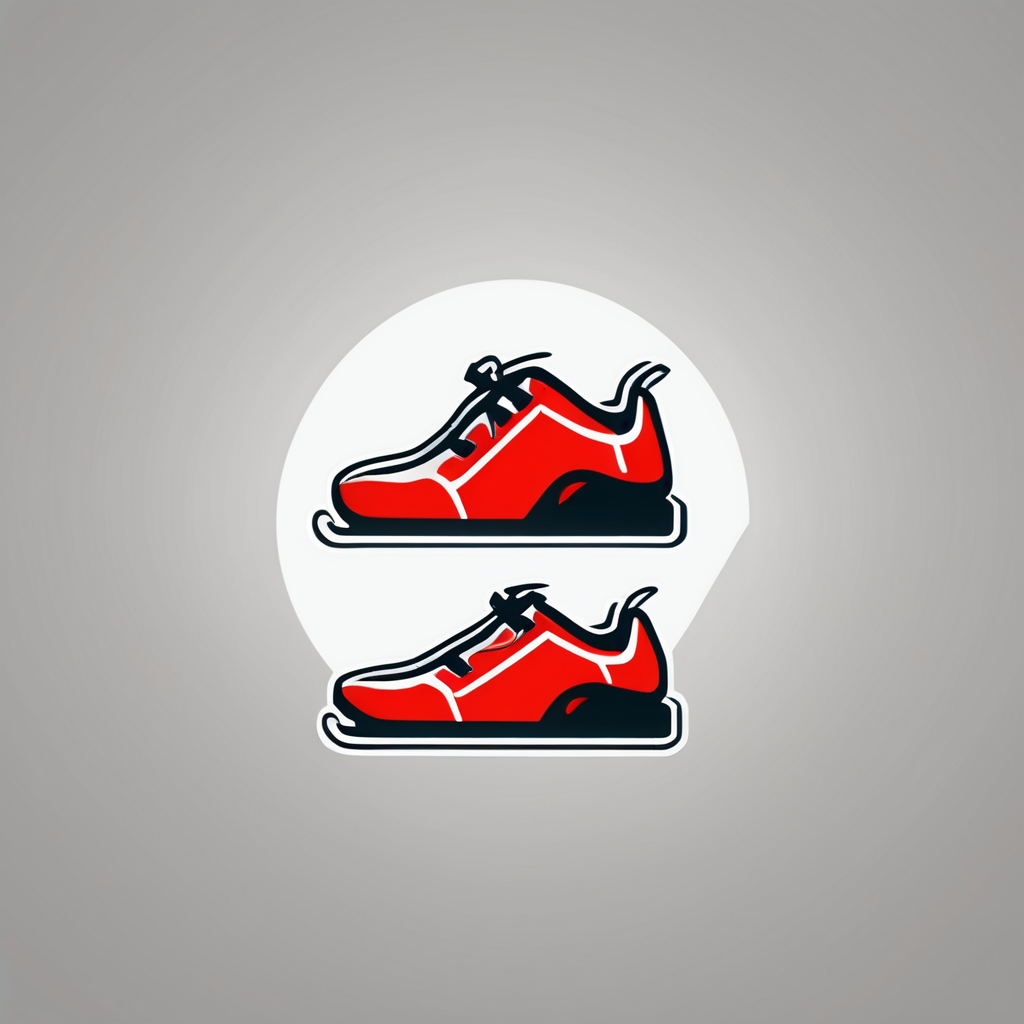Cognitive distraction significantly influences muscle activation, particularly during advanced lifting techniques. This interplay can hinder performance and increase the risk of injury. Understanding how our mental focus affects physical output is essential for athletes and fitness enthusiasts alike. By examining the nuances of cognitive distractions, we can develop strategies to enhance concentration and maximize training efficacy. Explore how refining mental clarity can lead to stronger lifts and better overall results.
Understanding Cognitive Distraction and Muscle Activation
When engaging in fitness activities, cognitive distraction can significantly impact performance. It refers to the diversion of mental focus away from the task at hand, often leading to suboptimal results. In the context of exercise, cognitive distraction can disrupt the muscle activation process, which is crucial for effective workouts.
Also to read : Unlocking the Perfect Resistance Training Load: Tailoring to Muscle Fiber Types for Maximum Gains
Muscle activation is the process by which muscles are engaged to perform a movement. It plays a pivotal role in advanced lifting techniques, where precision and control are paramount. Ensuring proper muscle activation helps in maximizing strength gains and reducing the risk of injury. Advanced lifting techniques, such as deadlifts or squats, require focused mental engagement to activate the correct muscle groups efficiently.
The connection between cognitive processes and physical performance is profound. When the mind is distracted, the body's ability to activate muscles correctly diminishes. This interconnectedness highlights the importance of mental focus during workouts. By minimizing cognitive distractions, individuals can enhance their muscle activation, leading to improved performance in advanced lifting techniques.
Also read : Unlocking Muscle Flexibility: The Impact of Hydration Timing on Performance During Extended Workouts
To optimize your fitness routine, consider strategies to reduce cognitive distractions, such as setting clear goals, maintaining a structured workout plan, and practicing mindfulness. These approaches can help maintain the crucial link between the mind and body, ensuring effective muscle activation and superior physical performance.
Empirical Research Findings
Exploring the cognitive effects on physical performance has been a focus of many research studies. Key studies have shown that cognitive distraction can significantly alter muscle activation patterns. For instance, one study found that individuals performing complex exercises, like squats, exhibited decreased muscle engagement when distracted by external stimuli. This highlights the need for focused attention to maintain optimal performance.
Research studies have also delved into how these distractions impact muscle activation. Findings suggest that when the mind is occupied elsewhere, the precision of muscle recruitment diminishes. This can lead to inefficient workouts and increased risk of injury, as the body may not respond correctly to the demands of advanced lifting techniques.
For fitness professionals and advanced lifters, these findings offer valuable insights. Understanding the cognitive effects on muscle activation can inform training methods. Professionals might incorporate techniques to minimize distractions, such as structured environments or mindfulness practices, to enhance client outcomes. Additionally, advanced lifters can benefit from these insights by consciously working to maintain mental focus, ensuring that their muscle activation is both effective and safe. By integrating these research-backed strategies, individuals can achieve superior performance and reduce the likelihood of injury.
Biomechanical Analysis
Understanding biomechanics in advanced lifting is crucial for optimizing performance and safety. Biomechanics involves the study of mechanical laws relating to the movement or structure of living organisms, particularly focusing on how muscles, bones, tendons, and ligaments work together to produce movement.
In advanced lifting, precise lifting techniques are essential. These techniques rely heavily on the correct muscle engagement to ensure that the intended muscle groups are activated effectively. When cognitive distraction occurs, it can significantly alter biomechanical efficiency. This distraction shifts focus away from the task, leading to improper form and suboptimal muscle recruitment.
Research has shown that cognitive distractions can cause notable changes in muscle engagement during lifting exercises. For example, a case study involving experienced lifters demonstrated that distractions, such as background noise or irrelevant thoughts, resulted in reduced engagement of key muscle groups. This not only decreased lifting efficiency but also increased the risk of injury due to improper form.
To maintain biomechanical efficiency, it is imperative to minimize distractions. Techniques such as mindfulness and structured environments can help lifters focus better, ensuring that their biomechanical processes remain intact and effective. This approach enhances both the performance and safety of advanced lifting techniques.
Practical Implications for Training
Incorporating effective training techniques is crucial for minimizing cognitive distractions and enhancing performance improvement. To achieve this, individuals can adopt specific focus strategies during advanced lifting sessions. One approach is to establish a consistent pre-workout routine that includes mental preparation, such as visualization or deep breathing exercises. These practices help centre the mind, reducing the likelihood of distractions.
Training routines can be structured to include short, focused sets with clear objectives, allowing for better concentration on each movement. Utilizing cues, like focusing on muscle contraction or breathing patterns, can further enhance mental engagement. This ensures that muscle activation is optimized, leading to improved performance.
Mental training plays a pivotal role in maintaining focus. Techniques such as mindfulness meditation can be integrated into regular training schedules. This practice not only enhances concentration but also improves the mind-body connection, crucial for effective muscle recruitment.
By implementing these strategies, lifters can create an environment conducive to focused training, optimizing both physical and mental performance. Emphasizing the importance of mental discipline in training routines ensures that cognitive distractions are minimized, allowing for superior results and reduced injury risk.
Advanced Lifting Techniques Overview
Advanced lifting techniques are essential for those seeking to enhance their strength training regimen. These techniques, such as deadlifts, squats, and bench presses, require precise execution to effectively target specific muscle groups. Proper form is crucial to maximize muscle engagement and minimize injury risk.
Importance of Muscle Engagement
In advanced lifting, ensuring proper muscle engagement is vital. It allows for the targeted muscle groups to be activated efficiently, leading to better strength gains and physical development. Engaging the correct muscles not only improves performance but also supports joint stability and reduces strain on other body parts.
Common Distractions and Their Impact
Lifters often face distractions that can negatively impact their lifting techniques. These distractions might include environmental factors like noise, or internal factors such as wandering thoughts. When focus is compromised, it can lead to improper form and reduced muscle activation. This not only diminishes the effectiveness of the workout but also increases the risk of injury.
To combat these distractions, lifters can employ strategies such as focusing on breathing patterns or using visualisation techniques to maintain concentration. By addressing these challenges, individuals can ensure their lifting techniques remain effective and safe, contributing to overall strength training success.
Visual Aids and Data Representation
In the realm of fitness, data visualization plays a crucial role in interpreting complex information. By employing visual aids such as graphs and charts, individuals can gain a clearer understanding of their performance metrics. This is especially important when analysing research findings related to cognitive distraction and muscle activation.
Visual aids simplify intricate data, making it accessible and actionable. For instance, a line graph illustrating muscle activation levels during focused versus distracted states can highlight the impact of cognitive distraction on performance. Such representations enable athletes and trainers to pinpoint areas needing improvement.
Performance metrics presented in bar graphs or pie charts can inform training decisions by showcasing progress or identifying trends. This data-driven approach allows for tailored training plans that address specific needs, enhancing overall effectiveness.
Utilizing graphs not only aids in comprehending research outcomes but also supports strategic decision-making in training routines. By visualizing data, individuals can track improvements, set realistic goals, and adjust techniques accordingly. This empowers lifters to optimize their workouts, ensuring that both mental and physical aspects are aligned for superior performance.
Future Directions in Research
Exploring future research avenues in the intersection of cognitive psychology and muscle activation holds promise for enhancing fitness training methodologies. Current studies suggest the need for deeper investigation into how cognitive distraction affects specific muscle groups during different lifting exercises. This could lead to more tailored training programs that mitigate distraction impacts.
Emerging research in cognitive psychology aims to uncover the neural mechanisms behind cognitive distraction and its influence on muscle activation. Understanding these connections could revolutionize approaches to strength training, enabling athletes to harness their mental focus more effectively. This research could inform the development of cognitive training techniques that enhance physical performance.
The integration of technology in this field is pivotal. Innovations such as wearable devices and real-time monitoring systems have the potential to measure cognitive distraction levels during workouts accurately. These tools could provide immediate feedback, allowing for adjustments in training intensity or focus strategies to optimize muscle activation.
Future studies are expected to delve into these technological advancements, offering new insights into the relationship between mind and muscle. By leveraging these findings, fitness professionals can create evidence-based training methodologies that maximize both mental and physical performance, paving the way for more effective and safe lifting practices.






